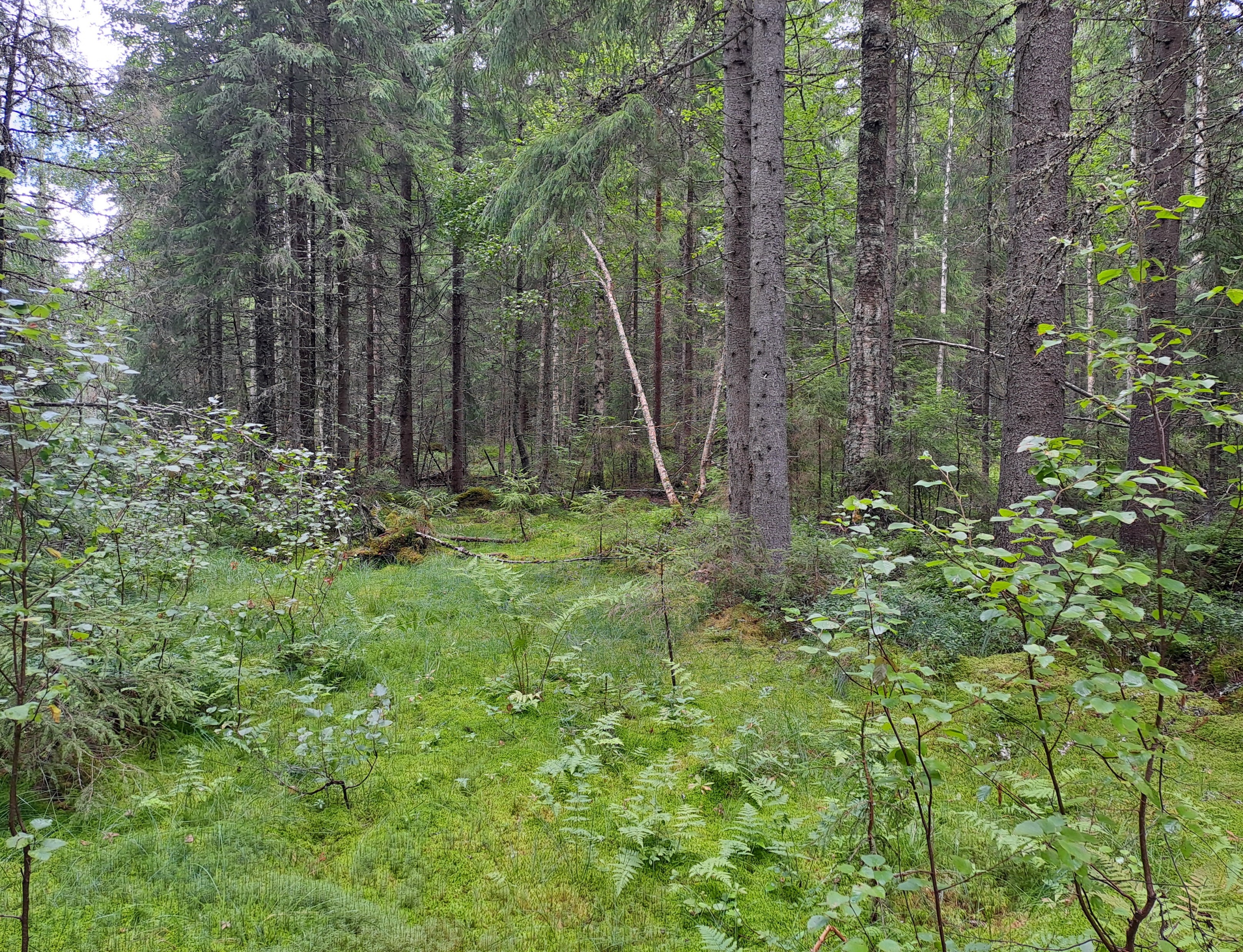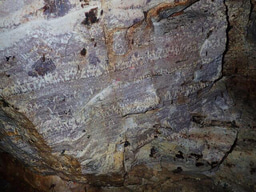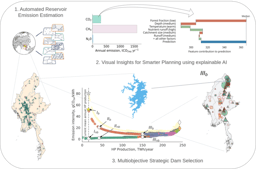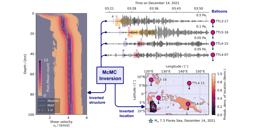Towards more effective ecosystem restoration
Published in Ecology & Evolution

The newly adopted EU Restoration law aims to restore 20% of the EU's degraded ecosystems by 2030 and all ecosystems in need of restoration by 2050, whereas the Kunming-Montreal Global Biodiversity Framework aims to bring at least 30 % of areas of degraded ecosystems under effective restoration. However, for restoration to be effective, it has to meet its targets, or at least demonstrate that the restored ecosystem has changed measurably towards those targets. This is the case for biodiversity, which is one of the restoration targets: restoration has been shown to benefit biodiversity. However, there is considerable variation in the restoration outcomes, both between and within ecosystem types. In some areas restoration yields fast changes in species communities towards the target while in others the change is slower or even non-existing. In a world of limited resources, we naturally want to restore areas where we are most likely to achieve our targets. This in turn requires scientific knowledge, which is best achieved through experimental data.
Experimental data are surprisingly scarce in restoration ecology, especially those gathered at large spatial and temporal scales. This is not because researchers do not know the advantages of ecological experiments. On the contrary, they are painfully aware that repeated and properly controlled experiments are the most effective tools for testing restoration effects. Unfortunately, researchers have to do the best they can with the (short-term and inadequate) funding available.
Yet, exceptions do exist, and our article presents one: a Finnish national peatland restoration monitoring network. The network consists of 151 sites located around Finland, where peatlands are common but intensively used: from the original peatland area of 10.4 million hectares over half has been drained, mainly for forestry. The sites represent six different peatland ecosystem types, each including sites drained for forestry which are restored during the monitoring, sites drained for forestry which are not restored and relatively pristine sites with no drainage. All sites were monitored over ten years with permanent sampling plots.

Our results based on the monitoring of ten years after restoration reinforce the previous findings: restoration benefits biodiversity but not to the levels of pristine controls. Yet, the variation in restoration effect was large. We were able to show that one factor behind this variation was the ecosystem type, or more specifically, the productivity of the ecosystem type. We observed the fastest changes and the highest probability of restoration success in sites representing ecosystem types with average productivity (in our rough scale). By contrast, in low productive ecosystem types the restoration effect was smaller or even non-existing. Several sites continued to change towards the drained but not restored sites. Altogether, including both the drained but not restored control sites as well as pristine control sites proved to be extremely valuable for determining the restoration effect.
But how was it possible to develop and maintain the large-scale and long-term network providing these results? The key was collaboration. In Finland, the drainage has been so extensive that even the national parks and protected areas include drained areas. In the late 1990s, the need for restoration became evident among researchers, practitioners and environmental managers working on peatlands. It was also recognized that there was a lack of scientific knowledge to guide the restoration efforts. Monitoring of restored areas was carried out, but not in a coordinated way. Based on the common conclusions, the network was designed in state-owned land together with researchers and practitioners to ensure its feasibility while providing scientifically valid data. The first restorations were carried out with national funding, and later monitoring was incorporated into the Boreal Peatland LIFE and Hydrology LIFE projects.
Hence, to build a large-scale long-term monitoring network one must have a common understanding and a joint goal with all stakeholders. Given the newly adopted international agreements to increase the restoration efforts, it is likely that these joint goals become more apparent. This opens the avenue for linking restoration practice and science even more. Conducting restoration and monitoring the effect of those actions in a coordinated manner together with both non-restored and pristine control sites, as ecological experiments, would yield knowledge which allows us to continuously fine-tune restoration activities and prioritize areas for restoration. This would guide us to more effective restoration.
Follow the Topic
-
Communications Earth & Environment

An open access journal from Nature Portfolio that publishes high-quality research, reviews and commentary in the Earth, environmental and planetary sciences.
Related Collections
With Collections, you can get published faster and increase your visibility.
Geology of the Moon
Publishing Model: Hybrid
Deadline: Jan 31, 2026
Drought
Publishing Model: Hybrid
Deadline: Dec 31, 2025




Please sign in or register for FREE
If you are a registered user on Research Communities by Springer Nature, please sign in